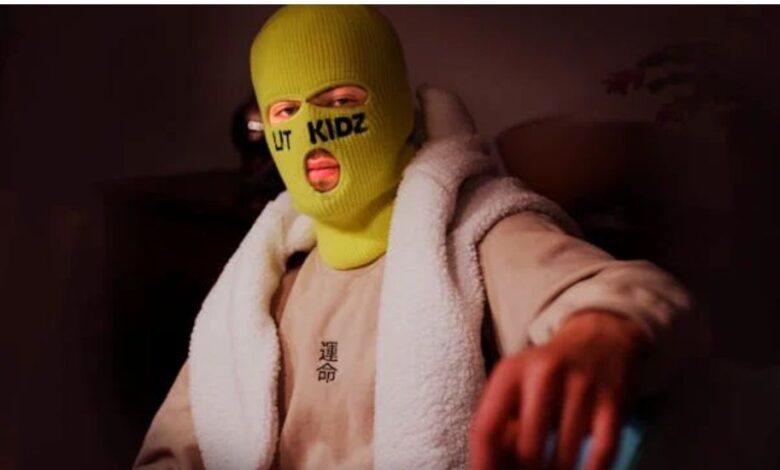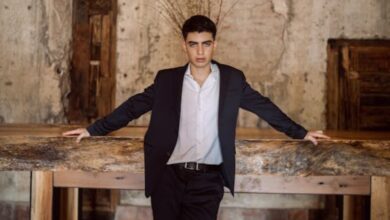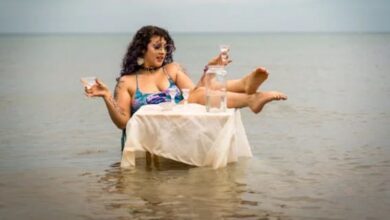Understanding the Balaclava Mask: History, Function, and Fashion

The balaclava mask, often associated with cold weather gear and anonymity, has a rich history and diverse uses in both practical and fashionable contexts. Originally designed for protection against extreme weather, it has since evolved into a versatile accessory seen on the ski slopes, in military operations, and even on fashion runways. Let’s dive into the world of the balaclava mask, its origins, its many functions, and its rise as a trendy item in today’s culture.
What is a Balaclava Mask?
A balaclava mask is a type of headgear that covers most of the face, leaving only part of it exposed. Commonly known as a ski mask or full-face mask, its design provides warmth and protection for the head, face, and neck from harsh conditions such as wind, snow, and cold. The balaclava mask can have different variations, from full-face coverage to open-face styles, depending on the wearer’s needs. It is widely used in winter sports, military activities, and more recently, fashion.
The Origins of the Balaclava Mask
The balaclava mask traces its roots back to the Crimean War (1853-1856), where British troops faced the harsh Russian winter. To protect soldiers from extreme cold, locals knitted woolen masks that covered the entire head and neck, leaving only the eyes, nose, and mouth exposed. These masks took their name from the Battle of Balaclava, a pivotal fight during the Crimean War. Although originally a military necessity, the balaclava evolved to serve various civilian purposes.
Types of Balaclava Masks
The design of the balaclava mask has seen various modifications to fit specific needs. Each type of balaclava serves a different purpose, from sports to tactical operations. Here are the common types of balaclava masks:
- Full-Face Balaclava: Covers the entire head, neck, and face, with small openings for the eyes and mouth. Ideal for maximum protection against cold and wind.
- Half-Face Balaclava: Covers the lower part of the face and neck, providing protection without restricting breathing or visibility.
- Convertible Balaclava: Adjustable for different levels of coverage, allowing wearers to customize the mask based on weather conditions.
- Expedition Balaclava: Designed for extreme conditions with additional layers for extra warmth, often used in arctic expeditions or high-altitude mountain climbing.
Practical Uses of the Balaclava Mask
Balaclavas are highly functional in several contexts, from harsh climates to high-energy activities. Here are some of the practical applications:
- Winter Sports: Skiers, snowboarders, and motorcyclists wear balaclavas to protect their faces from frostbite, windburn, and cold temperatures. The breathable materials used in sports balaclavas also help manage moisture and prevent overheating.
- Military and Tactical Operations: Balaclavas are used in military forces worldwide to conceal identities and protect soldiers from cold weather and dust in combat zones. Special forces, particularly, employ balaclavas during covert operations for anonymity.
- Outdoor Activities: Hikers, hunters, and cyclists use balaclava masks as part of their cold-weather gear, especially in high-altitude or cold environments, providing an essential layer of warmth and protection.
The Balaclava in Fashion
In recent years, the balaclava has transcended its functional roots to become a popular fashion accessory. Designers and celebrities alike have embraced the balaclava, turning it into a symbol of both practicality and style. Celebrities such as Beyoncé and Rihanna have worn high-fashion balaclavas as part of their outfits, bringing the accessory into the spotlight. Fashion houses like Gucci and Marni have also included balaclavas in their collections, using different materials and designs to create a stylish twist on the traditional winter accessory.
The balaclava’s rise in streetwear culture has also contributed to its popularity. Brands like Corteiz and A Bathing Ape have integrated the balaclava into their collections, giving it an edgy, urban feel. Whether worn for warmth or as a statement piece, the balaclava has become a staple in both high fashion and streetwear.
Controversy Around the Balaclava Mask
While the balaclava is widely accepted as a trendy accessory, it has also sparked debates and controversy, particularly among Muslim women. The growing popularity of balaclavas has raised questions about the double standards surrounding head coverings in Western culture. Many Muslim women have pointed out that while the balaclava is celebrated as a fashionable item, hijabs are often seen as symbols of oppression. This conversation has highlighted the ongoing cultural and religious biases surrounding head coverings and the need for more inclusivity and acceptance.
Choosing the Right Balaclava Mask
When selecting a balaclava, it’s essential to consider the material, coverage, and purpose. For example, wool or fleece balaclavas offer excellent insulation for cold climates, while synthetic materials may be more suitable for high-intensity sports where moisture-wicking is crucial. Depending on the intended use, options such as full-face or convertible designs can provide the necessary protection without compromising comfort.
- Material: Wool, fleece, or synthetic blends.
- Coverage: Full-face, half-face, or open-face options.
- Design: Choose from standard or convertible designs for added versatility.
The Future of the Balaclava Mask
With its growing presence in both functional and fashionable realms, the balaclava mask is here to stay. Whether worn for warmth, protection, or style, its versatility makes it a highly sought-after accessory across different sectors. From its military origins to its contemporary role as a fashion statement, the balaclava continues to evolve, proving its value beyond the battlefield.
In the future, we can expect further innovations in design and materials, particularly with the increasing demand for sustainable and eco-friendly options. Fashion brands are likely to continue experimenting with new styles, ensuring the balaclava remains both practical and trendy for years to come.
Conclusion
The balaclava mask has come a long way from its origins in the Crimean War. Initially designed for protection against the cold, it has grown into a versatile accessory used in various contexts, from outdoor sports to high fashion. With its ability to protect, conceal, and make a statement, the balaclava mask remains an iconic and essential piece of headgear for anyone facing cold climates or looking to make a bold fashion statement.



